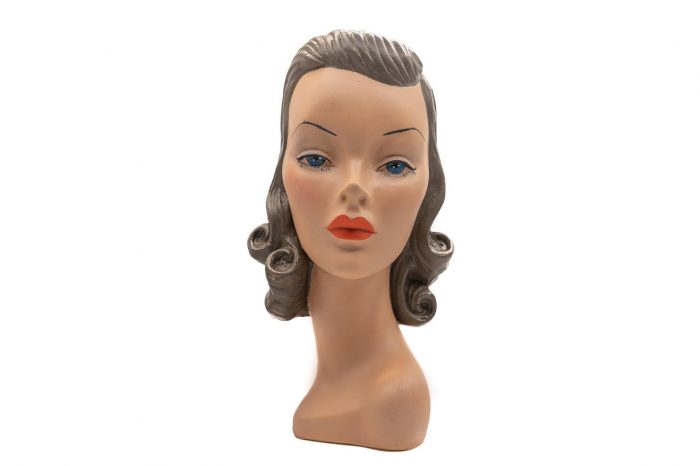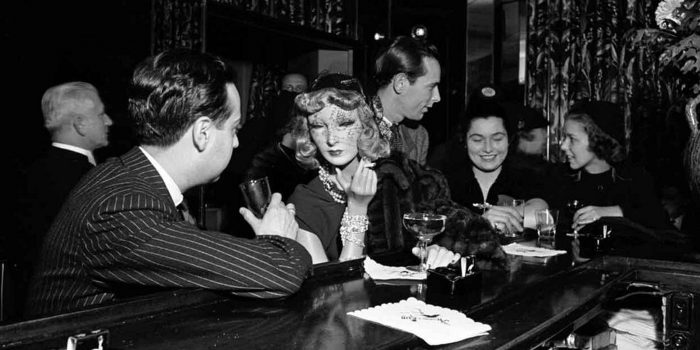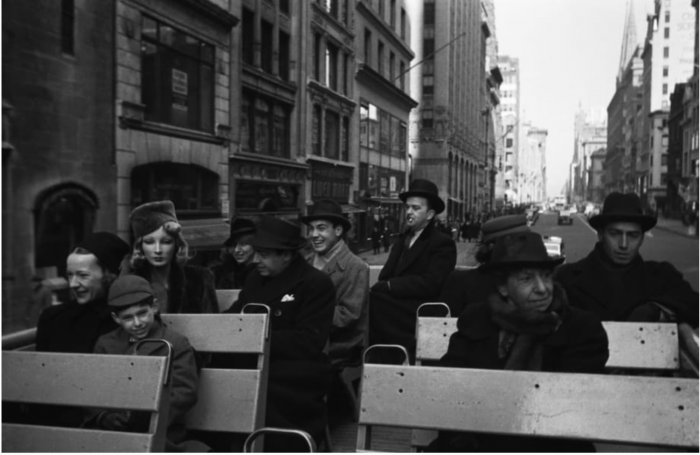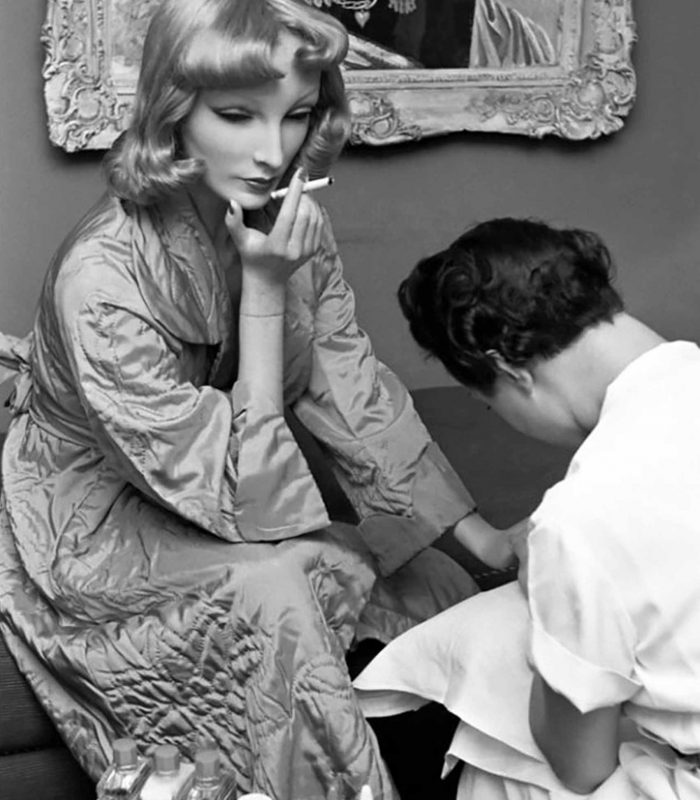Making Mannequin Heads
Q.
As our attention moves to the world of lifelike robots, we owe a nod back to those who spend their days and weeks crafting old school mannequin heads. Who does that?
.
A.
Their eyes fix on nosy visitors. Given their torsoless state, some of these display heads look remarkably calm. Others are clearly horrified by their lot. Who is behind these hand-honed heads? Who are the artists who toil in a studio full of mannequin faces?
Marge Crunkleton, for one. If you Google Marge, you will discover that she’s an artist, she’s 90 years old, she lives in Charlotte, North Carolina, and she creates elegant mannequin heads. You’ll find Marge’s mannequin heads on TV, in movies, and at the Harry Potter Theme Park. Marge even has a 5 star “Mannequin Heads To Love’ Etsy store.
These mannequins help Marge to ‘reflect on my memories, to paint them as I remember mannequin heads in millinery shops as a child shopping with my mother.’
.
Meet Jean …
.
And Arlene…
.
Marge bases her heads on a rare collection of vintage mannequins she found stashed in the attic of an abandoned Milwaukee department store. She paints the resin porcelain replicas, then cures, stains, signs and marks each head with the date.
There is Rosa with her patrician nose and that one sculpted curl in the centre of her forehead. Meet Pam with the wide-set eyes and red-haired flip, Susan with the startling blue eyes and longish blonde hair, and rebel Jason with his orangey eyebrows and stubble. Marge can drill-pierce ears by request.
The word ‘mannequin’ is rooted in the Middle Dutch ‘mannekijn’, that is ‘little man.’ Bebodied mannekijn are revered and reviled. Passed gently through generations, or groomed and hiding in the psychopath’s pantry? Cuddle or cower, the little wooden people do tap into a human fascination with our disembodied likeness.
Fashion historian Tove Hermanson notes that mannequins became a highlight of costly window displays when American department stores started to pop up in the early 1900’s.
.
Display of Au Printemps raincoats in Paris. Therese Bonney. 1925
.
Mannequin head artists have to mind the inches between realistic – is that a live model? – and creepy: dead eyes, human hair, teeth slightly askew. Mummy, I’m scared. Mannequin + horror brings up no shortage of search results.
If you line up historical mannequin faces, decade by decade, you can learn a great deal about what has been going on in the world. Hermanson shows that Art Deco mannequins in the 1920’s followed the make-up and hair trends of silent films. World War II mannequins wore grim expressions. They were also skinnier and shorter, in order to conserve wood. You would have seen lots of Twiggy heads in the 60’s, and more Black and Asian heads by the 70’s.
In the 1930s, Cynthia – a plaster mannequin created by soap sculptor Lester Gaba – won legit movie star status. Invitations to royal weddings, box seats at the Met, swag from Tiffany, even her own spread in Life Magazine.
.
.
.
How did Cynthia break through? Gaba’s attempts to make Cynthia look human included given her ‘imperfections’, such as freckles and differently sized feet. Rather taken with his creation, Gaba started carrying Cynthia out to restaurants, fancy Hollywood parties, open-air bus rides. Soon, the handwritten fan mail was crowding his mailbox.
Sadly, Cynthia met a tragic end. When Lester Gaba was called to fight in World War II, he left the mannequin and her long list of daily requirements with his mother. One key dictate? Cynthia must go to a top tier hair salon, once a week. At one such mother-mannequin outing, Cynthia slid off the salon stool and shattered into little tiny plaster pieces on the salon floor. Accident?
When Gaba returned home from war, he tried to make another Cynthia, but it just wasn’t the same. Not for him; not for the world.
www.justcurious.ca
